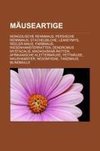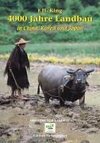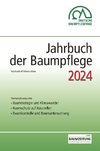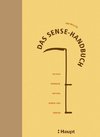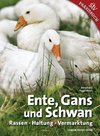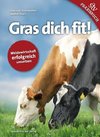
-
 Anglický jazyk
Anglický jazyk
Hybrid Seed Production of Brassica campestris through Bee Pollination
Autor: Rudra Pratap Singh
The studies carried out on the role of honey bee (Apis mellifera) in hybrid seed production of Brassica campestris showed the highest number of pollen and nectar collectors of Apis mellifera and were recorded 45.6 and 24.6 per square meter crop area of... Viac o knihe
Na objednávku, dodanie 2-4 týždne
45.36 €
bežná cena: 50.40 €
O knihe
The studies carried out on the role of honey bee (Apis mellifera) in hybrid seed production of Brassica campestris showed the highest number of pollen and nectar collectors of Apis mellifera and were recorded 45.6 and 24.6 per square meter crop area of B campestris respectively during day hours of 12.00 to 2.00 pm, which were significantly greater than the rest of foraging observations. In bee pollinated plants, the number of pods per plant, number of seeds per pod, number of seeds per plant, seed yield per plant and weight of 1000 seeds in BP plants were about 1.3, 1.1, 1.44, 1.53 and 1.62 times greater than NP plants,respectively. As such worker bees observed for foraging to collect the nectar and pollen after spraying of the insecticide i.e. Confidor 200 SL (Imidacloprid) in the concentration of 0.025g a.i., 0.030g a.i.and 0.035g a.i., but bee poisonong were neither observed in bee hive nor in field. During foraging, honey bees provide the opportunity for transference of pollen from male fertile to male sterile plant and resulted the production of hybrid seeds.
- Vydavateľstvo: LAP Lambert Academic Publishing
- Rok vydania: 2012
- Formát: Paperback
- Rozmer: 220 x 150 mm
- Jazyk: Anglický jazyk
- ISBN: 9783659311376

 Nemecký jazyk
Nemecký jazyk 